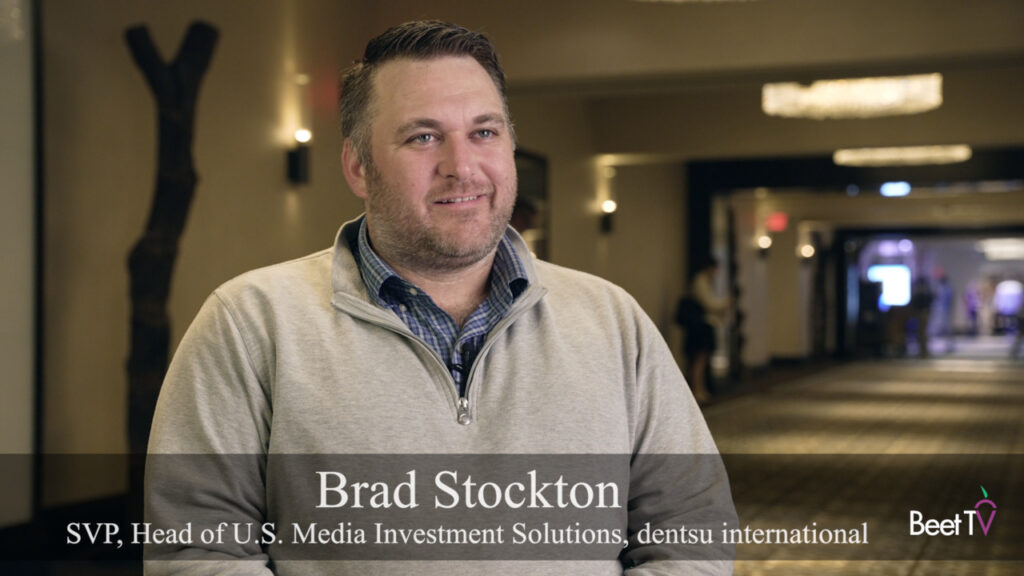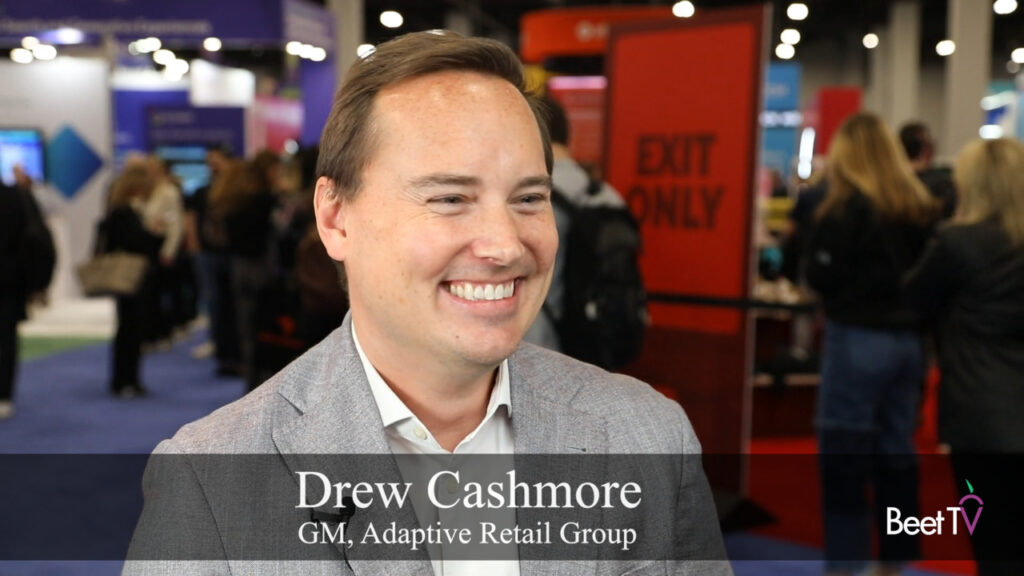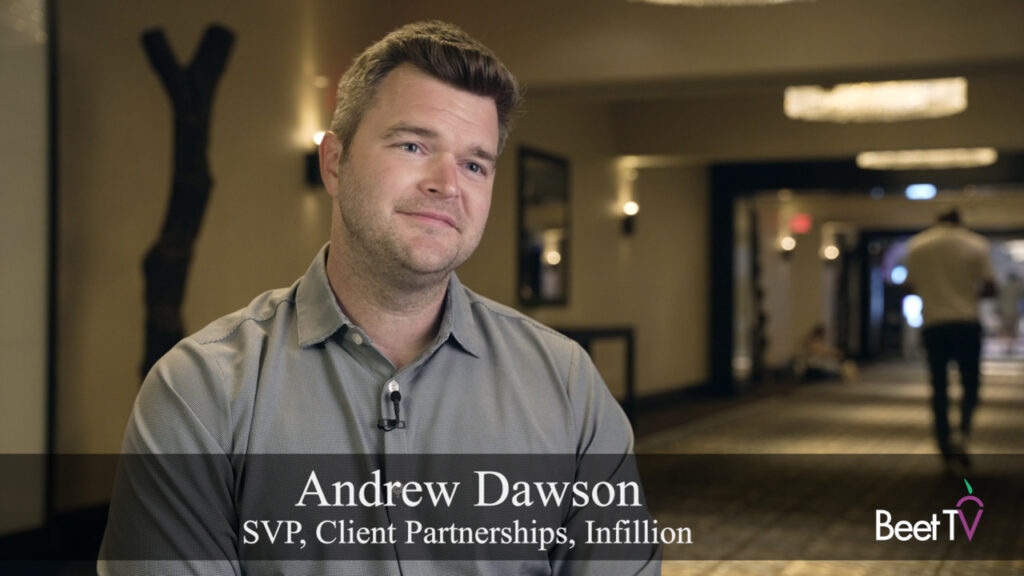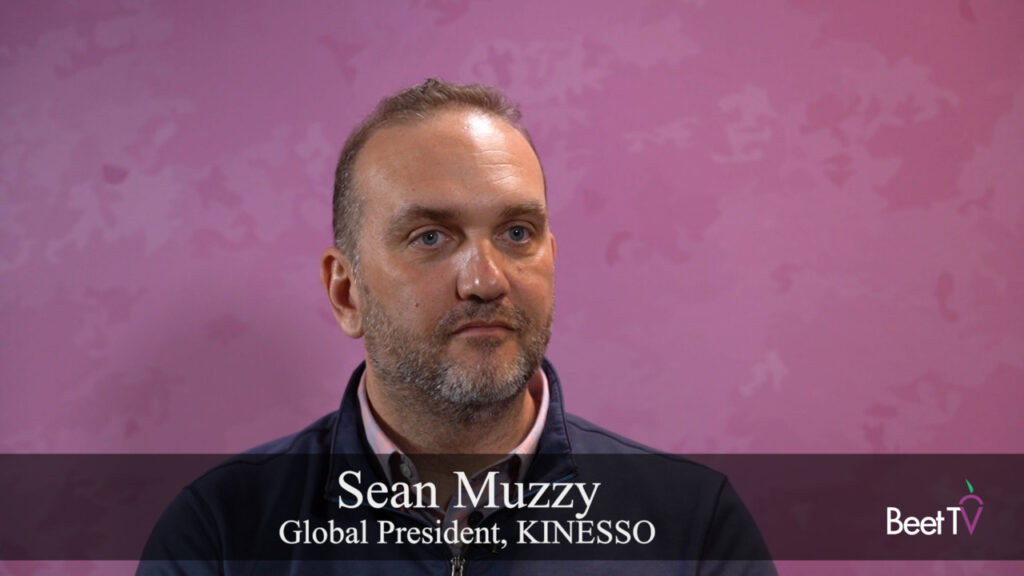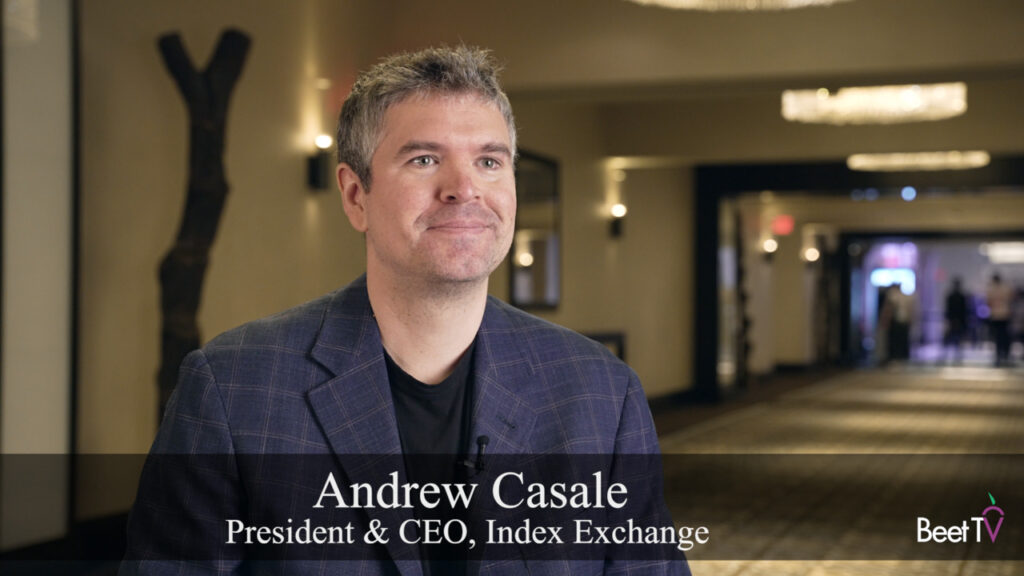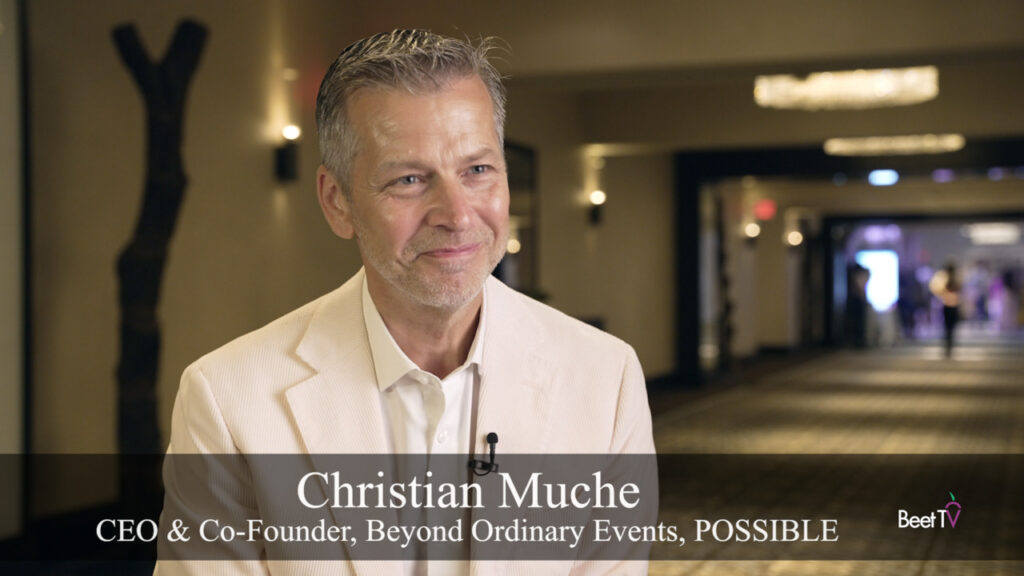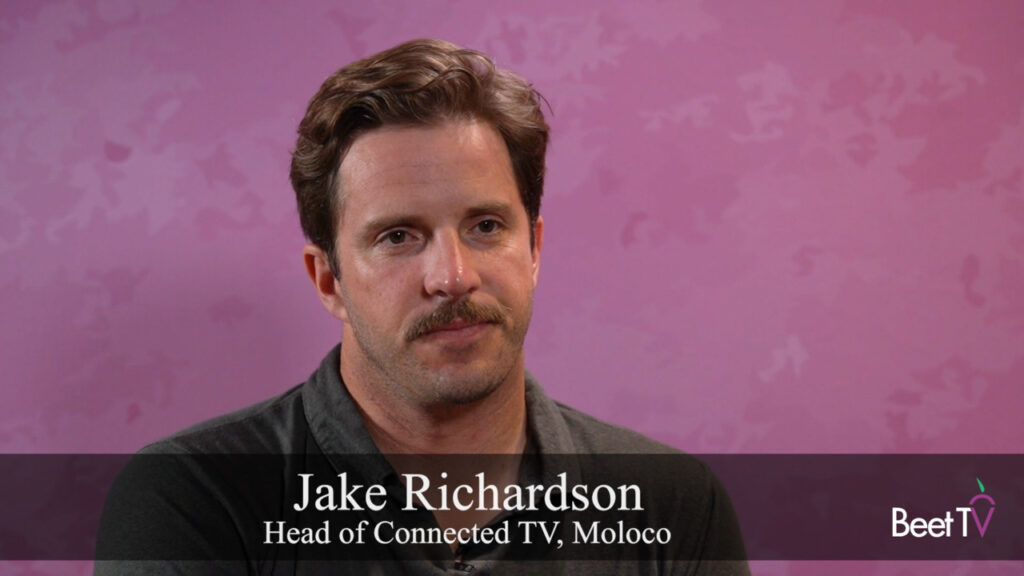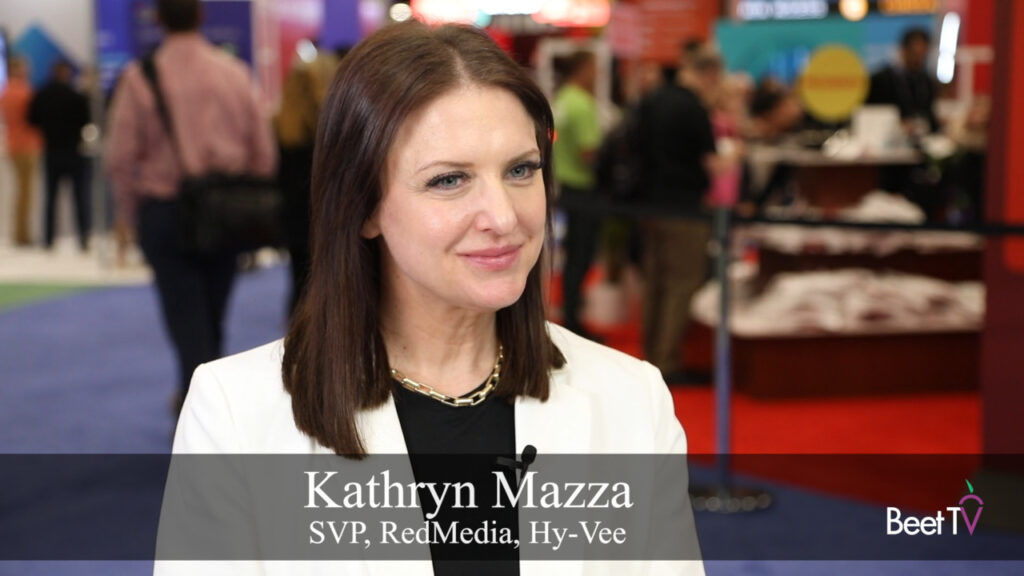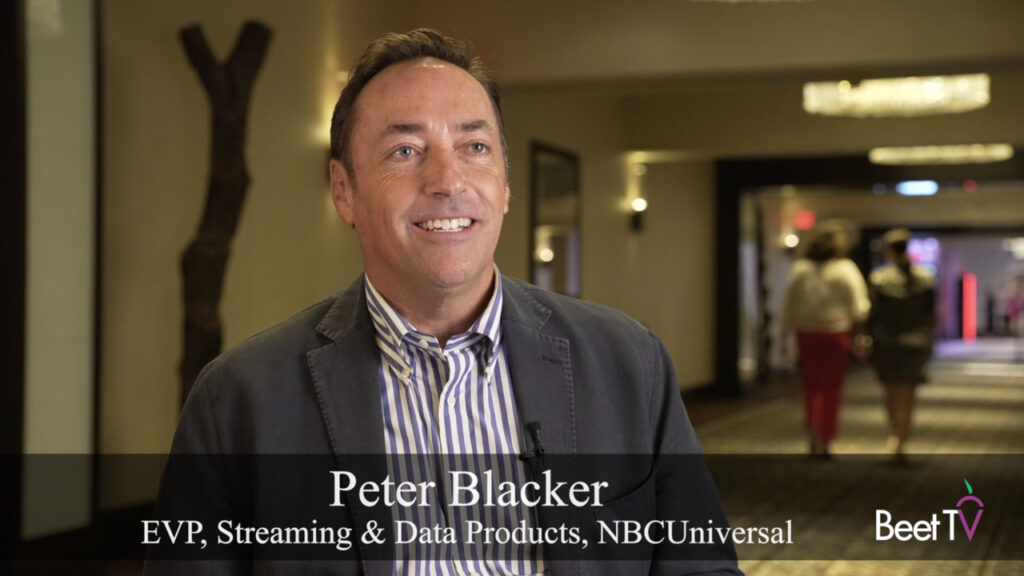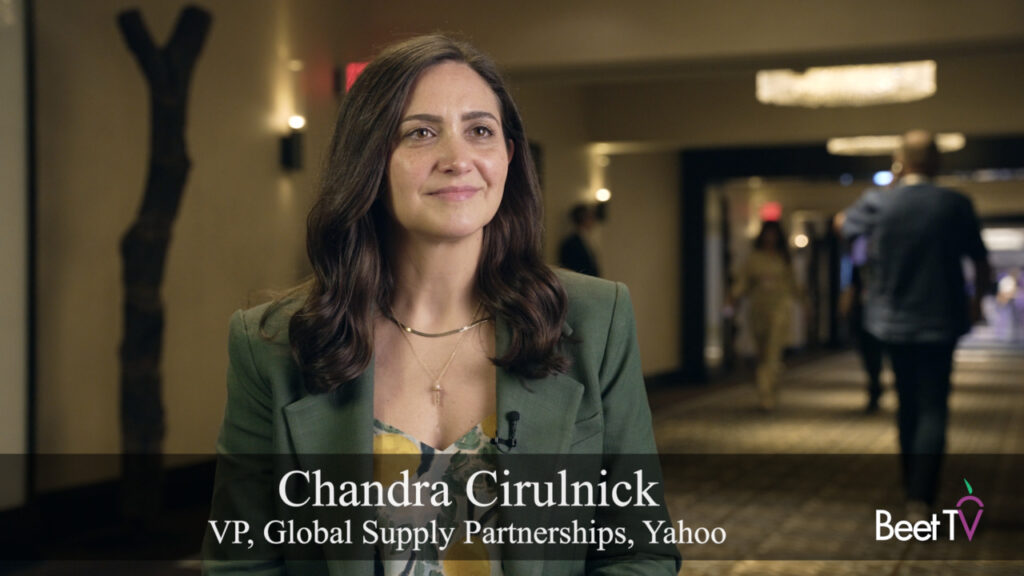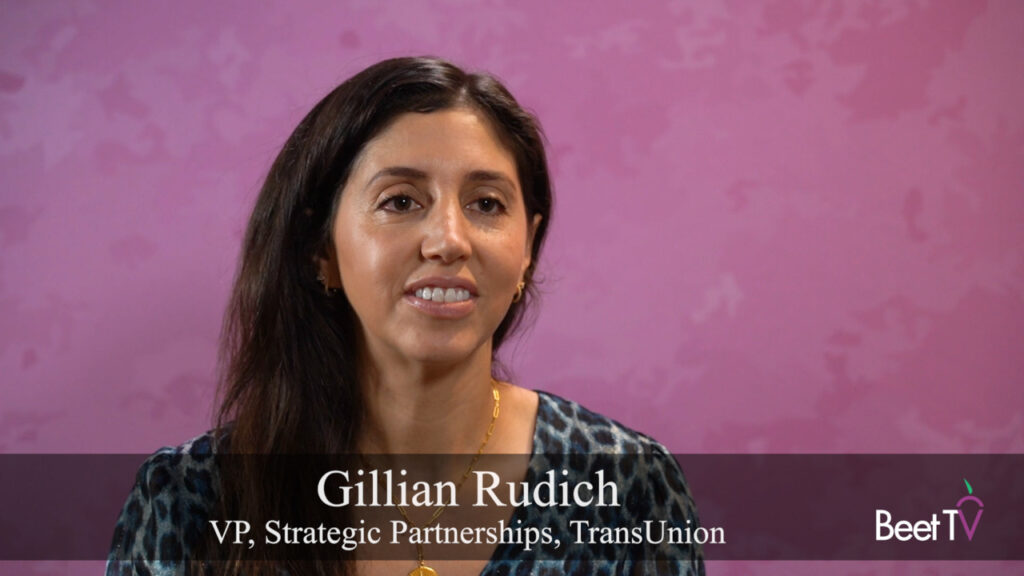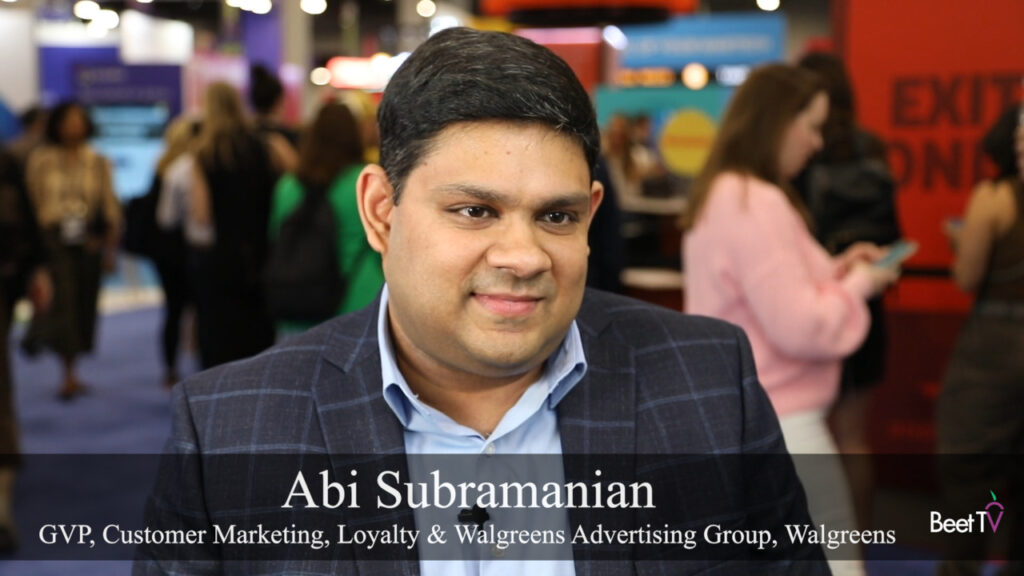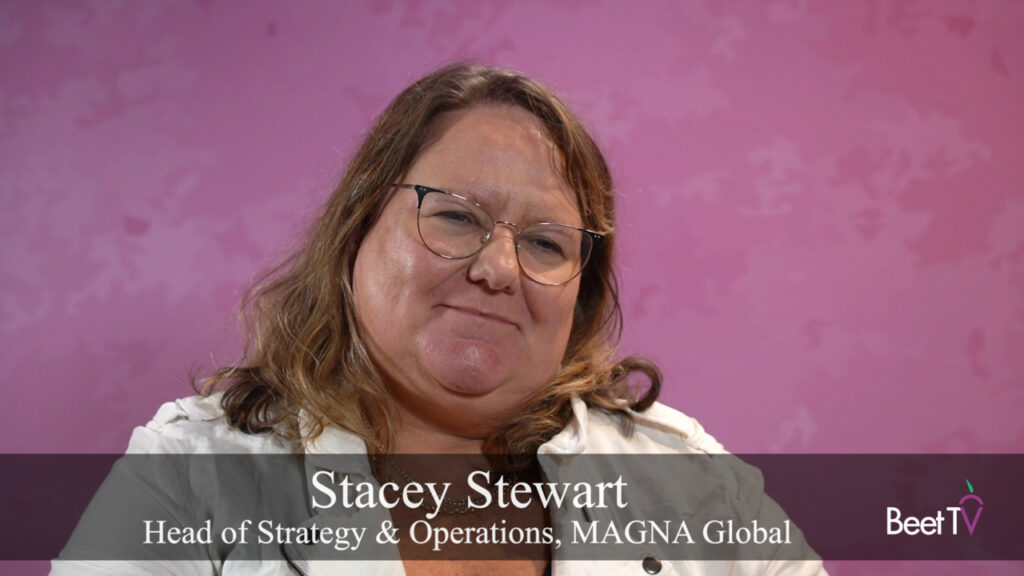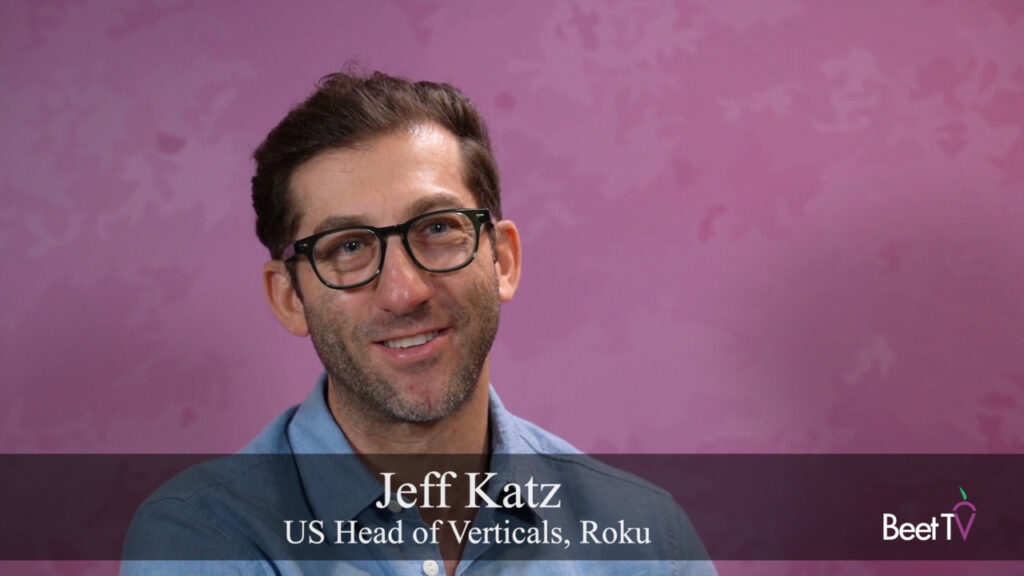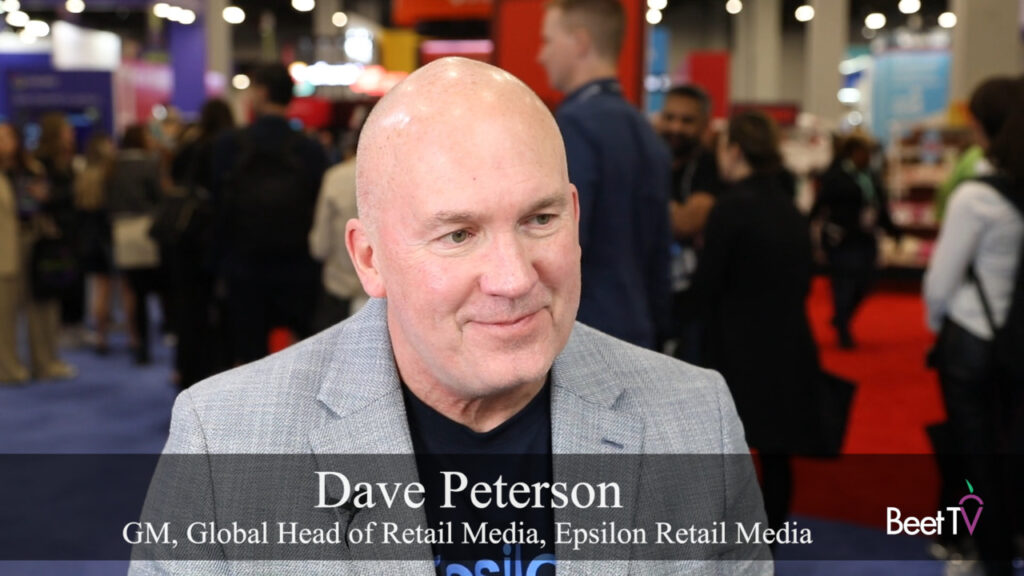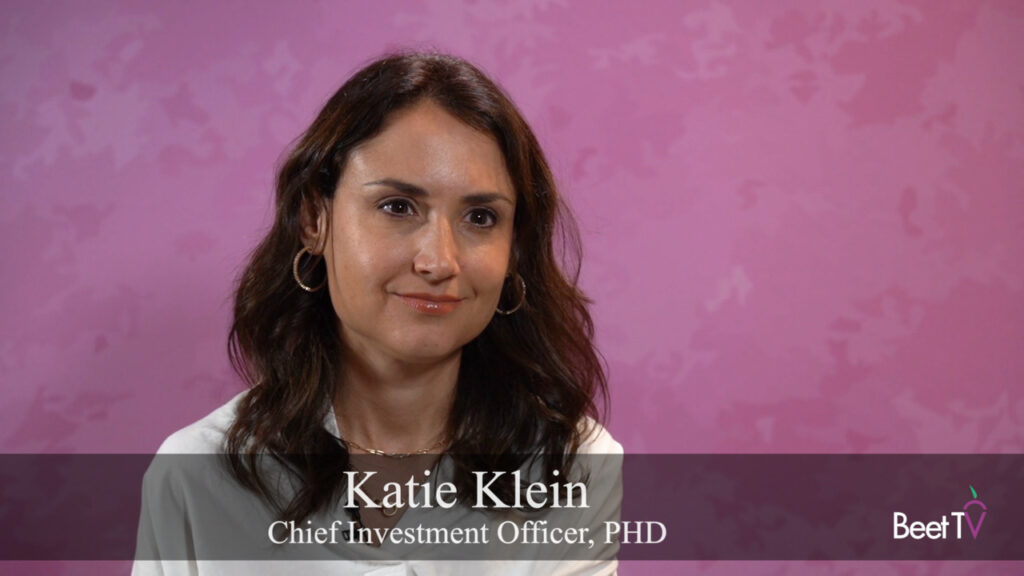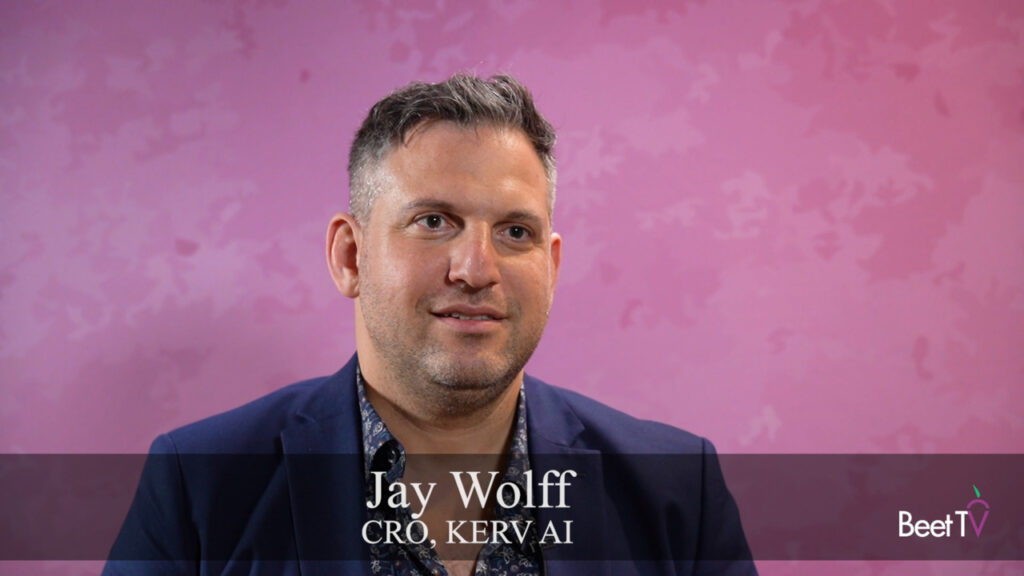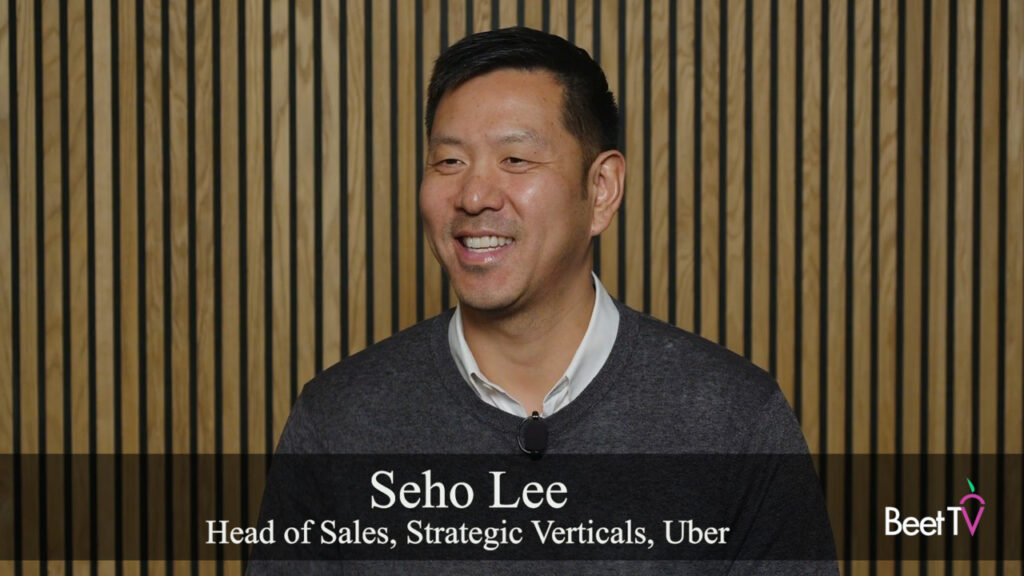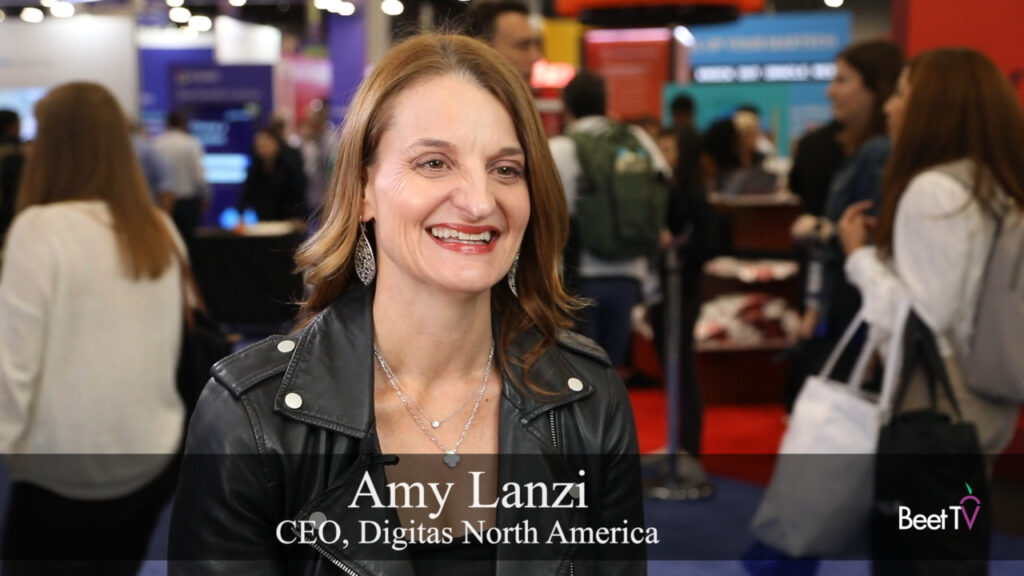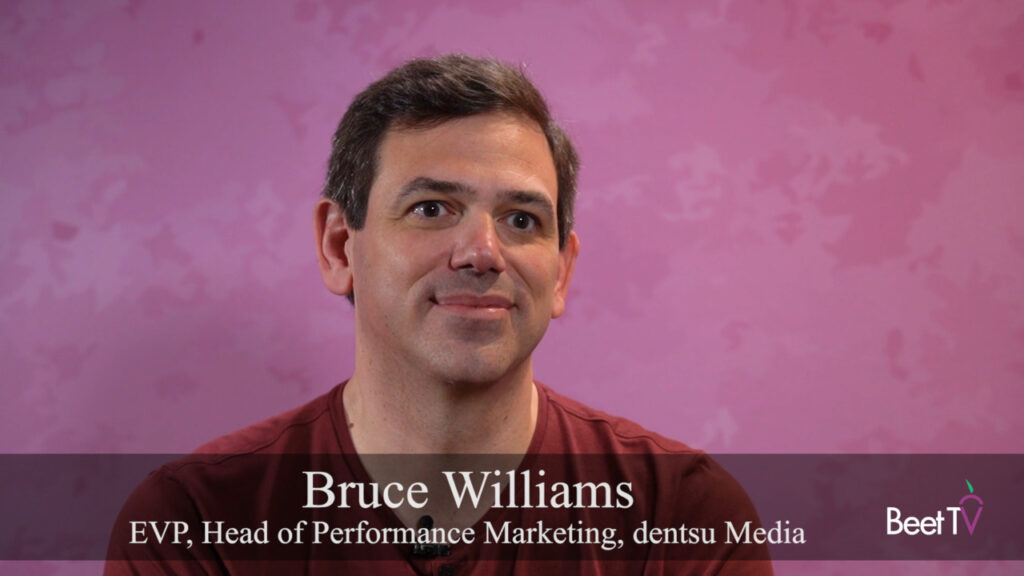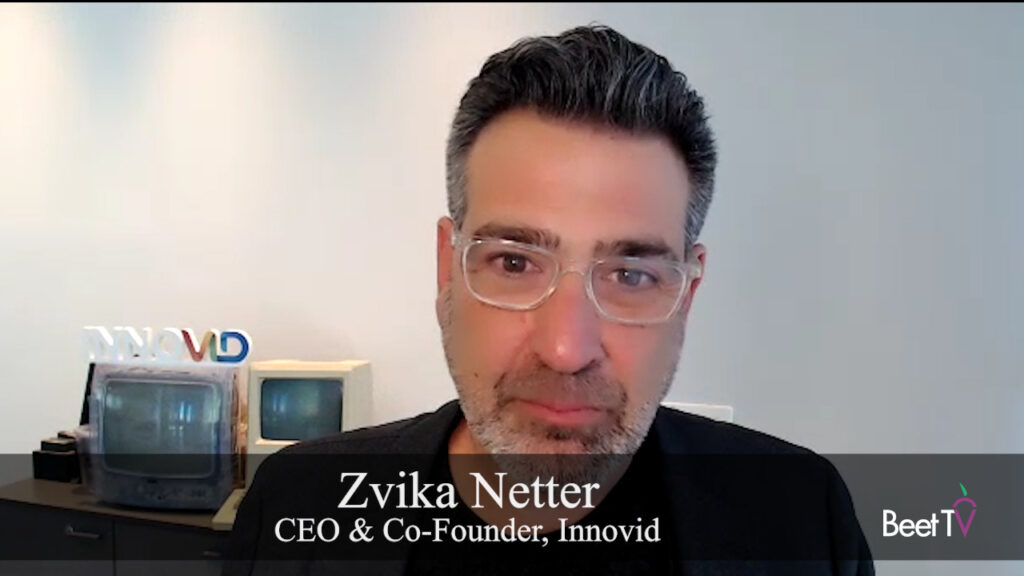CANNES — Since the value that addressable TV delivers is widely understood, what’s hampering its adoption? Investment banker and CEO of LUMA Partners Terence Kawaja asks these panelists in a session taped aboard the AT&T AdWorks yacht.
The mindset of big brands accustomed to the notion that they can buy a massive audience of adults from 18 to 49 is a large factor, according to Michael Bologna, president of GroupM’s Modi Media.
“In order to shift from an analog model to this model we’re talking about today, not only do we need to better refine our segments so we can reduce our waste, we need to help convince the media owners that if they go from a broad scope to a narrow scope, it will improve their yield and everyone will make money,” says Bologna, in a panel discussion recorded at Cannes by Beet.TV.
“Free the Data”
Another argument is that demand from large advertisers matters far less than the sheer availability of consumer data, which is still mostly locked up behind the cable operators.
“The thing that’s really holding us back is access to the data to really transform the business model,” says Tracey Scheppach, SMG’s EVP-Precision Video Director. “We’ve shown that we’re going to pay a higher CPM [for addressable TV]. We get more, we pay more.”
AT&T Adworks President Mike Welch notes that his unit is focused on observing consumer behavior across media.
“How do we follow that television subscriber when he or she consumes content on mobile devices and other screens?” he says. “That’s something we’re as focused on as anything right now.”
Scheppach, Bologna and Welch were part of a Cannes panel discussion on targeted TV advertising presented by AT&T AdWorks. Please visit this page for more videos from the series.






